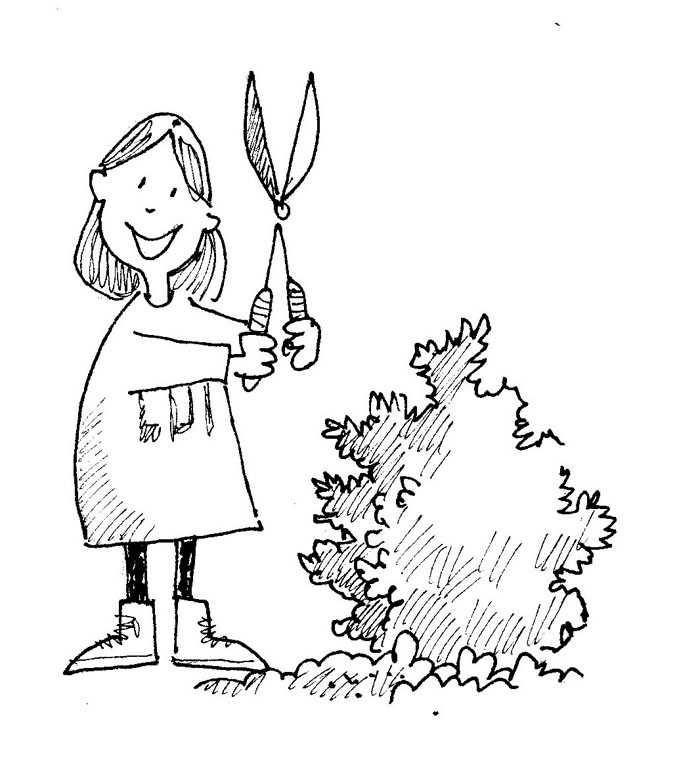Darrell Blackwelder: Questions about pruning
Published 12:00 am Saturday, February 10, 2024

- Mark Brincefield, for the Salisbury Post
Pruning trees and shrubs is the most recurring question for most home gardeners. Weather change is the spark igniting this interest, whether light trimming or heavy pruning.
The answer to when the best time to prune really depends on the type of plant, time of year and your objective. That is an over simplified answer to a very complex question. Below are the most frequently asked questions about pruning.
When is the best time to prune my boxwoods?
Answer: If you want to lightly prune them, almost any time during the year. Severe pruning is normally recommended in mid-March. What about azaleas? Azaleas, rhododendron, and other flowering plants should be pruned just after bloom. Prune azaleas during late spring and early summer. Don’t prune after July 4 because most are setting buds for next year. Prune both camellia sasanqua and japonica in early spring after bloom.
When can I prune my fruit trees?
Answer: Fruit trees are best pruned in the late spring — the later the better. Pruning stimulates growth hormones and unseasonably warm weather stimulates growth increasing the possibility of late frost damage in the spring. So, if the trees normally bloom in April, pruning in March is advisable. The older the tree, the earlier you can prune.
Do I have to prune grapes every year?
Answer: Yes, grapes need to be pruned every year to ensure growth and development. Grapes should be pruned in February and March. I have pruned them in June with no damage, however, late winter pruning is best for both muscadine and bunch-type grapes.
When can I prune my crape myrtle?
Answer: I have observed people pruning them year-round, but to avoid winter injury, research has shown pruning in late February and March is best to avoid winter damage which delays bloom.
Do I have to prune my crape myrtles?
Answer: No, crape myrtles will bloom without annual pruning.
What about ornamental trees?
Answer: Most trees can be judiciously pruned in early spring, however, shade trees such as birch and maple bleed less if you prune them in September when leaves are still present.
Do I need to use pruning paint or a sealer for my trees?
Answer: No. Research again has shown that pruning paint is of no benefit and in some cases is a detriment.
In general, most all plants can be judiciously pruned year-round. Tipping back radical shoots or sporadic growth will not severely damage plants keeping the plants neat and growing correctly.
Darrell Blackwelder is the retired horticulture agent and director with the North Carolina Cooperative Extension Service in Rowan County. Contact him at deblackw@ncsu.edu.



